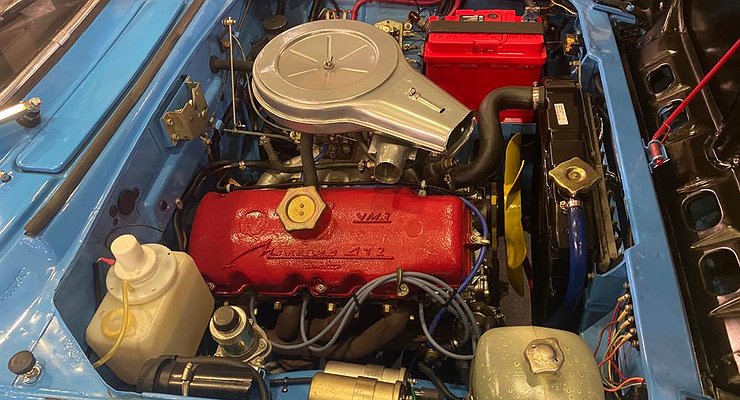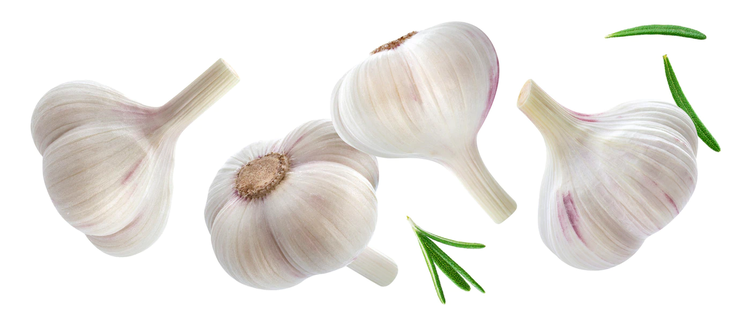Why do some drivers still have garlic in the trunk
- January 2, 2023
- 0
In Soviet times, motorists were distinguished by their ability to repair a car from unexpected improvised materials. Yes, and the cars were designed in such a way that
In Soviet times, motorists were distinguished by their ability to repair a car from unexpected improvised materials. Yes, and the cars were designed in such a way that

In the 50s, passenger cars were produced in the Soviet Union on the basis that they had to be maintained independently by the owner, without special skills and equipment, practically in an open field. As a result, some Soviet car enthusiasts soon gained a unique experience of using various improvised materials to repair their favorite car. And one of the most common problems they could face had to do with electrical equipment.
For example, if a metal part could be attached with wire and somehow get to the house, then, say, the distributor lid that fell apart due to overheating would be guaranteed to turn the vehicle into real estate. And it was not easy to buy a new one: spare parts were scarce. Like everything related to renovation. But agricultural products were present, including their own dacha, where, as a rule, garlic grew. And those of us who cut the cloves with a knife probably noticed that garlic juice, getting on the skin, literally sticks fingers together.
So, as a result of daring scientific experiments, our resourceful folks found that garlic juice sticks plastic together just as effectively as fingers. Including carbolite, from which distributor caps were made at the time. Just in case, the AvtoVzglyad portal explains that the distributor is an electromechanical switch responsible for the timely supply of voltage to the spark plug. To turn a clove of garlic into a source of environmentally friendly glue, it is enough to make a diagonal cut and wait for the juice to come out. When it’s over, there’s no need to take another clove right away.
You can just make the next diagonal cut. And so on until you can hold it in your hands. Then everything is simple. The composition was applied to the surfaces to be bonded and pressed for several minutes until dry. Only to get glue, you need fresh garlic, in which there is still a lot of juice. So it was quite possible to find a head of garlic in the trunk of a Soviet car among the tools and spare parts. Although the modern generation of motorists would probably think that this is a cure for vampires.
There was another way to solve the problem with the distributor cap. But only if it doesn’t fall apart completely. Sealing wax was used for this. This is a brown substance, usually in the shape of a rectangular stick. It could be set on fire, after which it began to melt and flow down. Usually sealing wax was used to seal particularly important letters. However, now it is almost impossible to find it. But there is no problem with garlic.
By the way, in the distributor cover, the central contact, which was a spring-loaded carbon rod, could also crumble. It could be replaced with a raw aspen pen! Together with garlic, this also made it possible to defend against the attacks of those same vampires. Apparently, therefore, they did not exist in the Soviet Union. It seems that garlic has lost its applicability for car repair these days. Especially modern. But no! After all, we live in a situation where it is far from always possible to find a new plastic part to replace the damaged one.
And if it is also critical for the performance of the car, then garlic will help you. What vehicles does it work on? Yes, with everyone. And even if everything in the interior of the car is covered with leather, there are also plastic elements, various brackets for gadgets, which can be completely restored using garlic technology. And if you can’t, it’s okay. You still tried, and it certainly won’t get any worse. And taking into account that the average age of cars in Russia is more than 14 years, garlic glue remains relevant even now.

In the 50s, passenger cars were produced in the Soviet Union on the basis that they had to be maintained independently by the owner, without special skills and equipment, practically in an open field. As a result, some Soviet car enthusiasts soon gained a unique experience of using various improvised materials to repair their favorite car. And one of the most common problems they could face had to do with electrical equipment.
For example, if a metal part could be attached with wire and somehow get to the house, then, say, the distributor lid that fell apart from overheating was guaranteed to turn the vehicle into real estate. And it was not easy to buy a new one: spare parts were scarce. Like everything related to renovation. But agricultural products were present, including their own dacha, where, as a rule, garlic grew. And those of us who have cut the cloves with a knife have probably noticed that garlic juice, once on the skin, literally sticks fingers together.
So, as a result of daring scientific experiments, our resourceful folks found that garlic juice sticks plastic together just as effectively as fingers. Including carbolite, from which distributor caps were made at the time. Just in case, the AvtoVzglyad portal explains that the distributor is an electromechanical switch responsible for the timely supply of voltage to the spark plug. To turn a clove of garlic into a source of environmentally friendly glue, it is enough to make a diagonal cut and wait for the juice to come out. When it’s over, there’s no need to take another clove right away.
You can just make the next diagonal cut. And so on until you can hold it in your hands. Then everything is simple. The composition was applied to the surfaces to be bonded and pressed for several minutes until dry. Only to get glue, you need fresh garlic, in which there is still a lot of juice. So it was quite possible to find a head of garlic in the trunk of a Soviet car among the tools and spare parts. Although the modern generation of motorists would probably think that this is a cure for vampires.
There was another way to fix the distributor cap problem. But only if it doesn’t fall apart completely. Sealing wax was used for this. This is a brown substance, usually in the shape of a rectangular stick. It could be set on fire, after which it began to melt and flow down. Typically, sealing wax was used to seal particularly important letters. However, now it is almost impossible to find it. But there is no problem with garlic.
By the way, in the distributor cover, the central contact, which was a spring-loaded carbon rod, could also crumble. It could be replaced with a raw aspen pen! Together with garlic, this also made it possible to defend against the attacks of those same vampires. Apparently, therefore, they did not exist in the Soviet Union. It seems that today garlic has lost its applicability for car repairs. Especially modern. But no! After all, we live in a situation where it is far from always possible to find a new plastic part to replace the damaged one.
And if it is also critical for the performance of the car, then garlic will help you. What vehicles does it work on? Yes, with everyone. And even if everything in the interior of the car is covered with leather, there are also plastic elements, various brackets for gadgets, which can be completely restored using garlic technology. And if you can’t, it’s okay. You still tried, and it certainly won’t get any worse. And taking into account that the average age of cars in Russia is more than 14 years, garlic glue remains relevant even now.
Source: Avto Vzglyad
Donald Salinas is an experienced automobile journalist and writer for Div Bracket. He brings his readers the latest news and developments from the world of automobiles, offering a unique and knowledgeable perspective on the latest trends and innovations in the automotive industry.